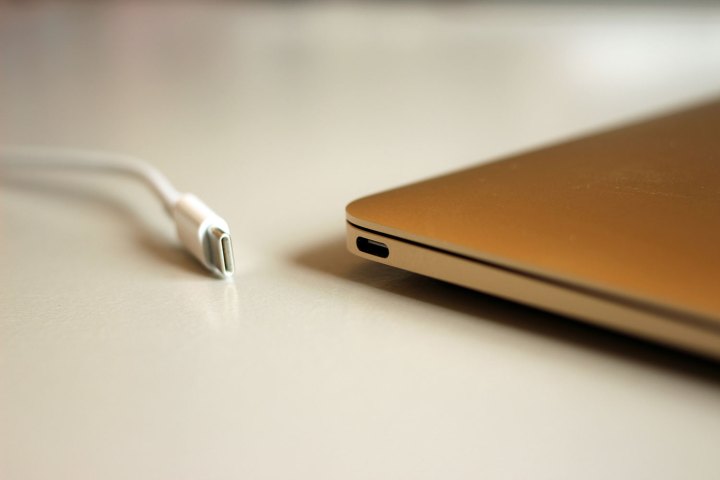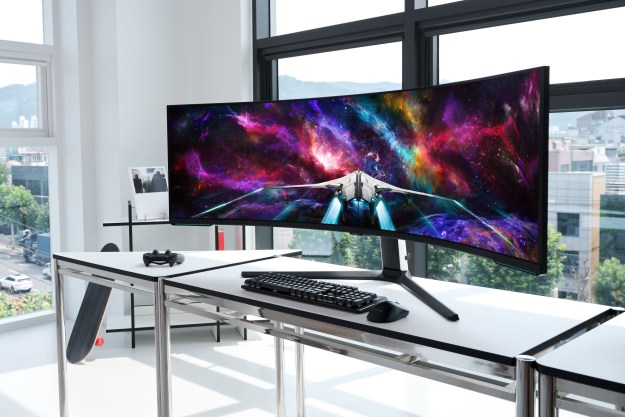
HDMI Alternate Mode is based on HDMI 1.4b, offering resolutions of up to 4K, support for 3D, and support for Audio Return Channel (which eliminates the need for a separate S/PDIF audio connection), Consumer Electronic Control (for connecting up to 15 devices via HDMI), and HDMI Ethernet Channel (for Ethernet connectivity).
According to the announcement, the USB Type-C cable supporting HDMI Alternate Mode will have an HDMI connector on the display side and a USB Type-C connector on the source side. Again, this will eliminate the need to obtain adapters or dongles to connect to HDMI, which will separate it from other Alternate Mode technologies.
“The USB Type‐C connector is gaining traction in the mobile and PC markets,” said Rob Tobias, president of HDMI Licensing. “Consumers expect to easily connect these devices to displays with a USB Type‐C to HDMI cable and utilize the capabilities and features of native HDMI. This specification will also result in more source devices incorporating HDMI. HDMI continues to evolve to meet the needs of the over 1,600 worldwide adopters making HDMI products, and grow upon the nearly 6 billion HDMI devices shipped.”
As Tobias points out, USB Type-C is definitely becoming more common in devices, and should be more mainstream within the next year. USB Type-C eliminates the confusion of which side is up, as the connector is double-sided so there’s no up or down involved. The connector is rather small, meaning the port takes up less room on the device.
In addition to HDMI, USB Type-C also supports VGA, DisplayPort, and other protocols. However, customers typically need adapters to output video through the USB Type-C port. Such adapters include Apple’s $70 USB Type-C Digital AV Multiport Adapter that includes an HDMI port, a standard USB port, and an additional USB Type-C port to charge the latest Apple devices.
But don’t get USB Type-C confused with USB 3.1. USB Type-C is merely the physical solution of the old problem of determining which side is up. This tech can be used with any USB standard, so a manufacturer could easily include a USB Type-C port providing mere USB 2.0 speeds. Still, Intel adopted this form factor for Thunderbolt 3, which provides speeds up to 40Gb per second. Apple uses a single USB Type-C on Macbooks for both power and peripheral input. Desktops and laptops are seemingly just now beginning to offer USB Type-C ports backed by the latest USB 3.1 protocol as well.
This new specification is available now for all HDMI Adopters on the HDMI website, so don’t expect to see direct HDMI to USB Type-C cable solutions in the immediate future.
Editors' Recommendations
- Apple’s new Lightning to USB-C adapter costs more than just buying a USB-C cable
- The best USB-C power adapters, cables, and portable chargers for iPhone 12


